Picture a world where your every breath carried the rich, resinous perfume of ancient forests that stretched endlessly across the continents. You might catch hints of turpentine and pine, mixed with the heavy sweetness of decaying plant matter and the sharp tang of oxygen-rich air. This was Earth , roughly three hundred million years ago, when our planet’s atmosphere was saturated with scents that would seem both familiar and impossibly intense to your modern nose.
The air you would have breathed contained nearly twice as much oxygen as today’s atmosphere, creating a world where every aroma was amplified and every chemical reaction heightened. Walking through those prehistoric landscapes would have been like entering nature’s most potent perfume laboratory, where the chemistry of life created an olfactory experience unlike anything we know today.
The Chemical Signature of Ancient Forests

The dominant plants of the Carboniferous included giant club mosses like Lepidodendron and Lepidophloios, massive horsetails called Calamites, towering trees with strap-shaped leaves, and various seed ferns. These colossal plants would have released an incredible array of volatile organic compounds into the atmosphere.
Terpenes, the primary aromatic compounds in plants, have strong and often pleasant odors that protect their hosts or attract pollinators, and they are the main constituents of essential oils in many plants and flowers. The prehistoric forests would have been saturated with these chemical signatures, creating a complex bouquet that changed with the seasons and time of day. Think of the sharpest pine forest you’ve ever walked through, then multiply that intensity several times over as atmospheric oxygen levels peaked around 35 percent, compared with 21 percent today.
Resinous Giants and Their Aromatic Defenses

Some insects use terpenes as defense mechanisms, like termites that eject resinous mixtures of terpenes through specialized fontanellar guns, and these compounds serve as defensive roles in plants. The massive scale trees of the Carboniferous would have been chemical fortresses, their bark and leaves constantly releasing protective compounds.
Alpha-pinene, a monoterpene responsible for classic pine scent found in high concentrations in pine needles, bark, and resin, has a characteristic woody, resinous, and fresh aroma. Fossil wood extracts from this period show dominant diterpenoid and sesquiterpenoid skeletons, with tricyclic diterpenoids predominant in ambers and aromatized derivatives as major components. The air would have carried these complex molecular signatures across vast distances.
The Swamp Gas Symphony
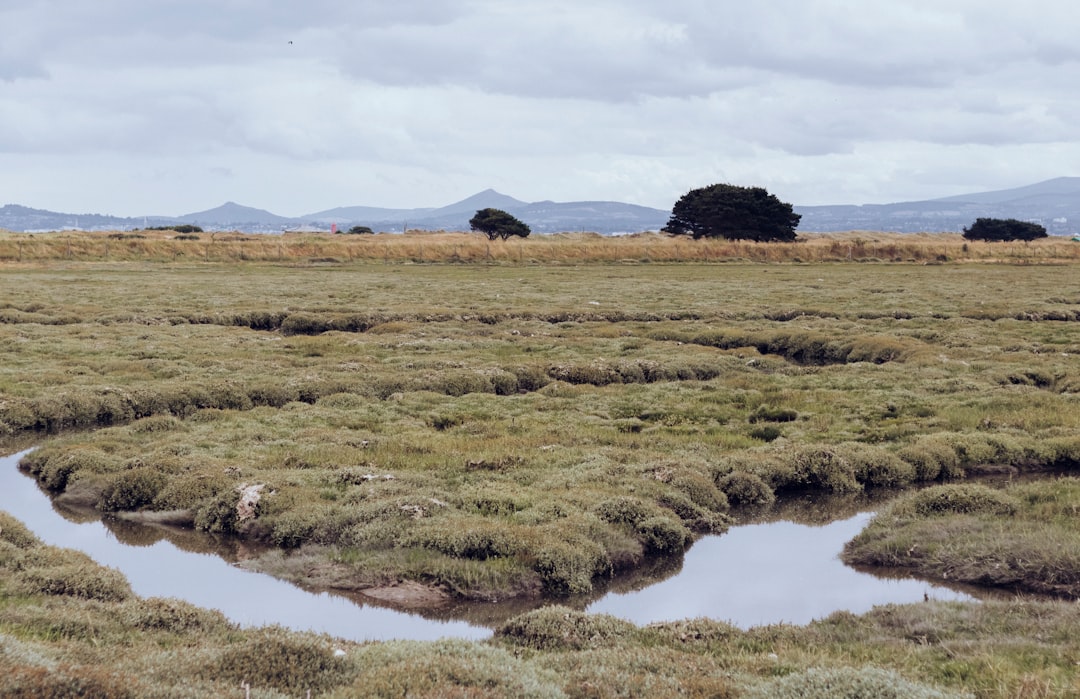
Coal forms in waterlogged, anoxic swamps called peat mires, and the terrestrial environment of the Carboniferous was ruled by plant life, with a majority of the planet covered in dense swamps. These wetlands would have created their own unique olfactory landscape, combining the fresh scents of living vegetation with the earthier aromas of decomposition.
The anaerobic conditions in these swamps would have produced methane and hydrogen sulfide, adding sulfurous notes to the air. Yet this wasn’t the overwhelming stench you might expect. The woody plants of this era contained lignins that were particularly hard to decompose, as organisms hadn’t yet evolved the ability to consume these key chemical components. This meant less rotting vegetation and more preserved organic matter, creating a different chemical balance than modern swamplands.
Oxygen’s Amplifying Effect
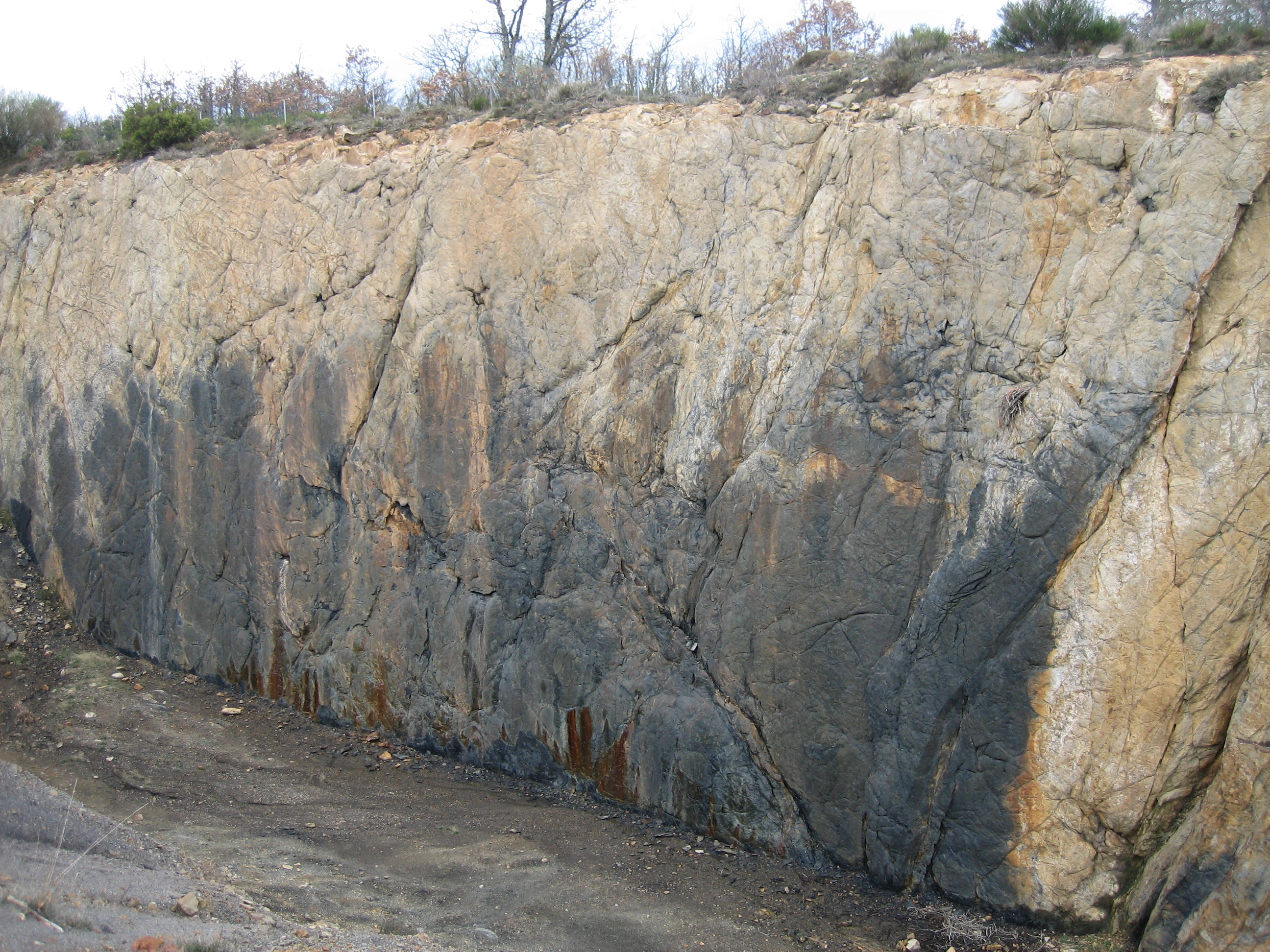
The growth of vast forests removed huge amounts of carbon dioxide from the atmosphere, leading to a surplus of oxygen that peaked around 35 percent. This oxygen-rich environment would have dramatically affected how you experienced every scent. Higher oxygen levels accelerate many chemical reactions, making volatile compounds more reactive and potentially more intense.
Terpenes in plant resin act as deterrents to herbivores and fungi, and they are also released into the atmosphere over conifer forests, where they can play a role in cloud seeding. With so much more oxygen available, these chemical processes would have been supercharged. Every breath would have carried a more concentrated dose of these natural aromatics, creating an almost overwhelming sensory experience.
Seasonal Scent Variations in Ancient Times
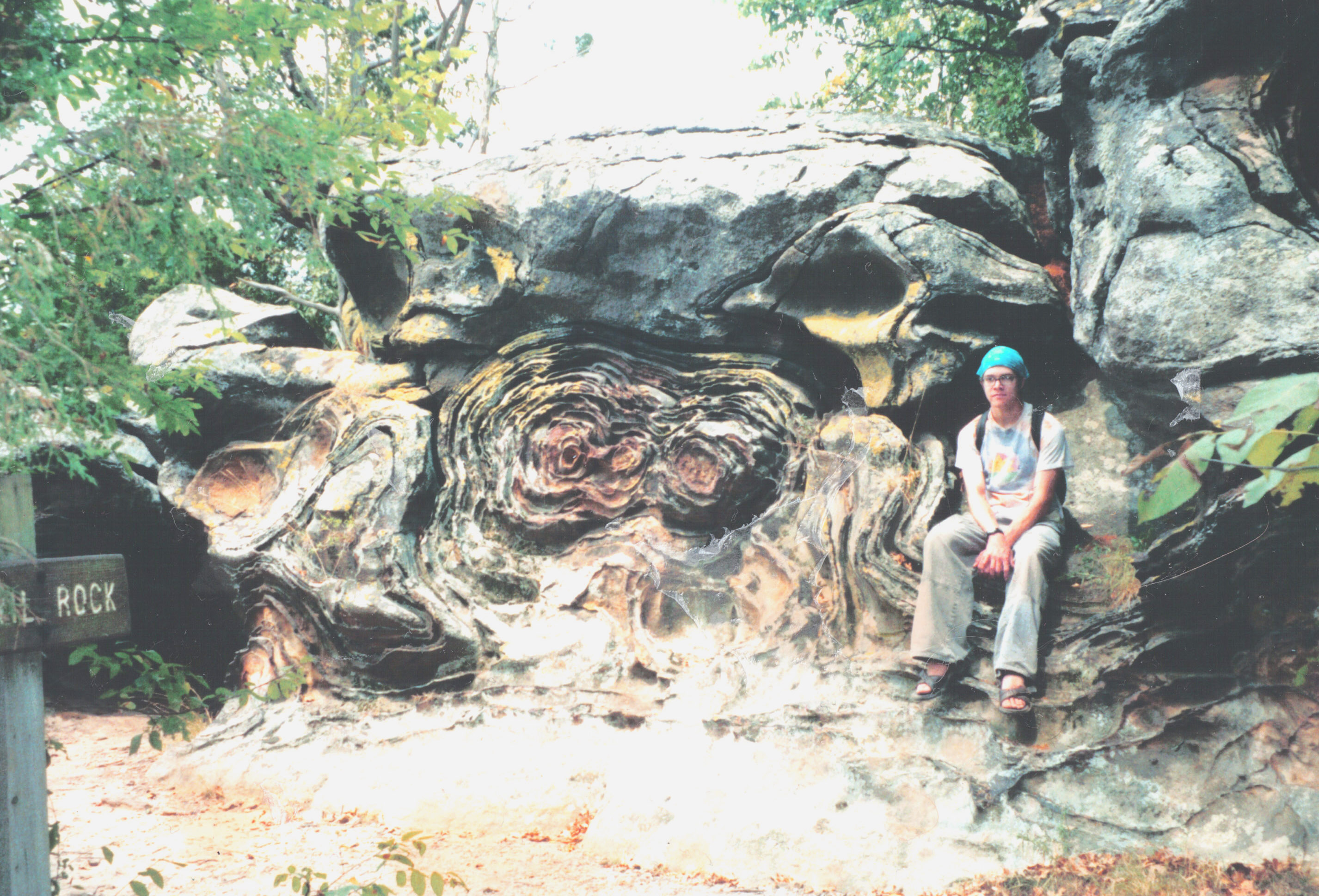
Average global temperatures in the Early Carboniferous were hot at approximately 68°F, but cooling during the Middle Carboniferous reduced temperatures to about 54°F, comparable to today’s average global temperature. These temperature fluctuations would have created dramatic seasonal changes in the planet’s aromatic profile.
During warmer periods, the increased heat would have intensified the release of volatile compounds from plants. Terpenes are highly volatile molecules, with many beginning to evaporate at much lower temperatures, though their average boiling point is around 130 degrees Celsius. Even at much lower temperatures, these compounds would have been more active in the warm, humid climate, creating richer, more complex scent profiles during the hotter seasons.
The Chemistry of Giant Arthropods’ World
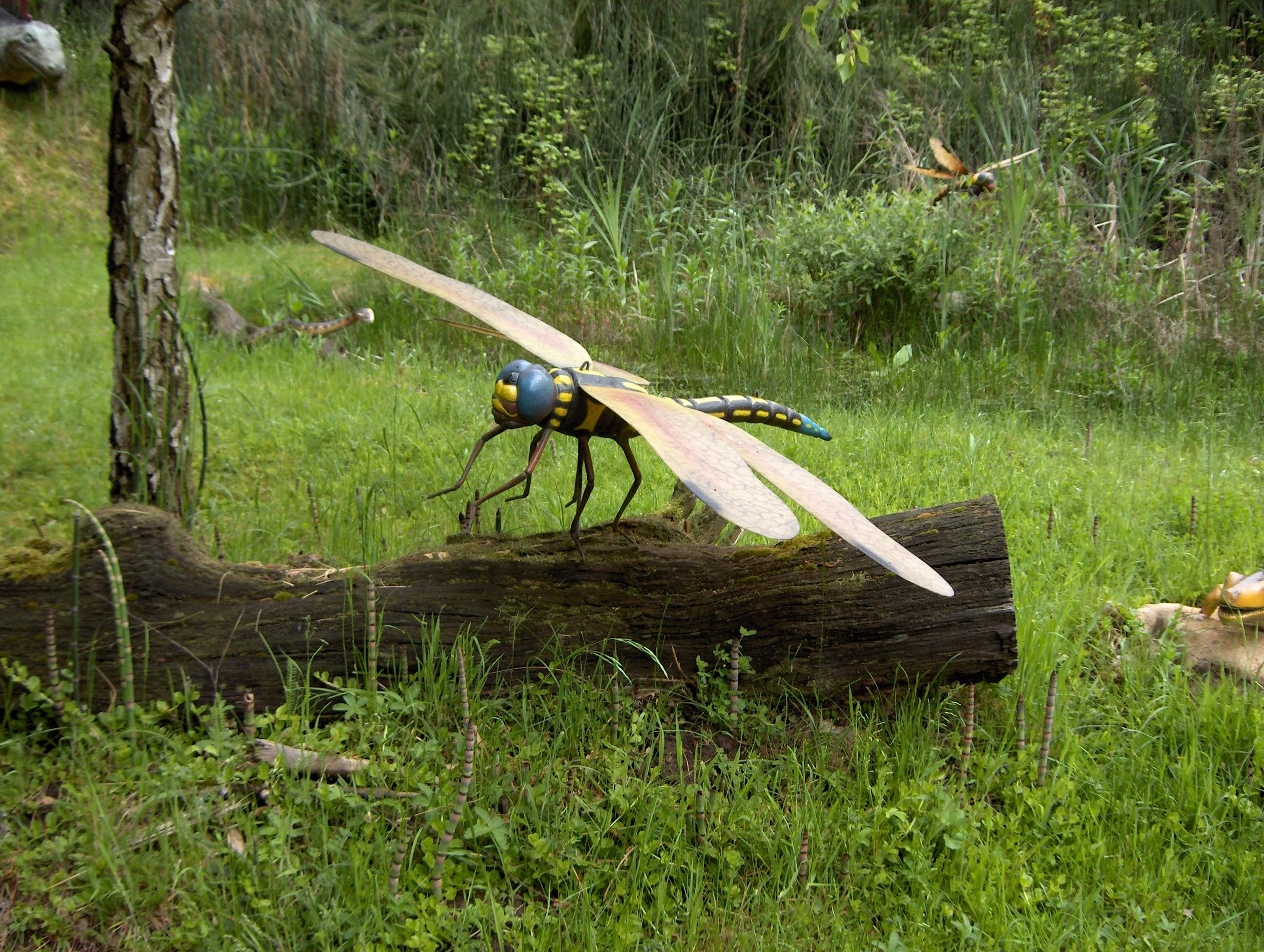
The high oxygen levels may explain the giant insects that emerged, as insect size is limited by breathing capacity, with massive millipedes up to eight and a half feet long crawling alongside mammoth cockroaches and scorpions three feet long. These creatures lived in an atmosphere thick with plant chemicals.
The giant arthropods depended on particularly high oxygen levels that existed during times of global rainforest coverage, and their extinction resulted from the drastic reduction of vegetation. The chemical environment that supported these massive invertebrates was one where every molecule of scent-carrying air was supercharged with oxygen, creating conditions we can barely imagine today.
Ancient Plant Resins and Their Preserved Aromas

Fossil woods, ambers, and brown coals from this period contain cyclic terpenoids in their solvent extractable material, including samples from Holocene to Jurassic sediments and ambers from various regions. These preserved chemical signatures give us clues about what the ancient world actually smelled like.
Turpentine, a mixture of terpenes obtained from pine tree resin distillation, is used as an organic solvent and chemical feedstock, while rosin from conifer tree resin is used in various industrial products. The Carboniferous atmosphere would have been naturally rich with these same compounds, but in concentrations and combinations that created entirely unique aromatic experiences. Imagine breathing air that carried the intensity of freshly tapped pine resin mixed with the green freshness of crushed fern leaves.
The Scent of Evolutionary Innovation
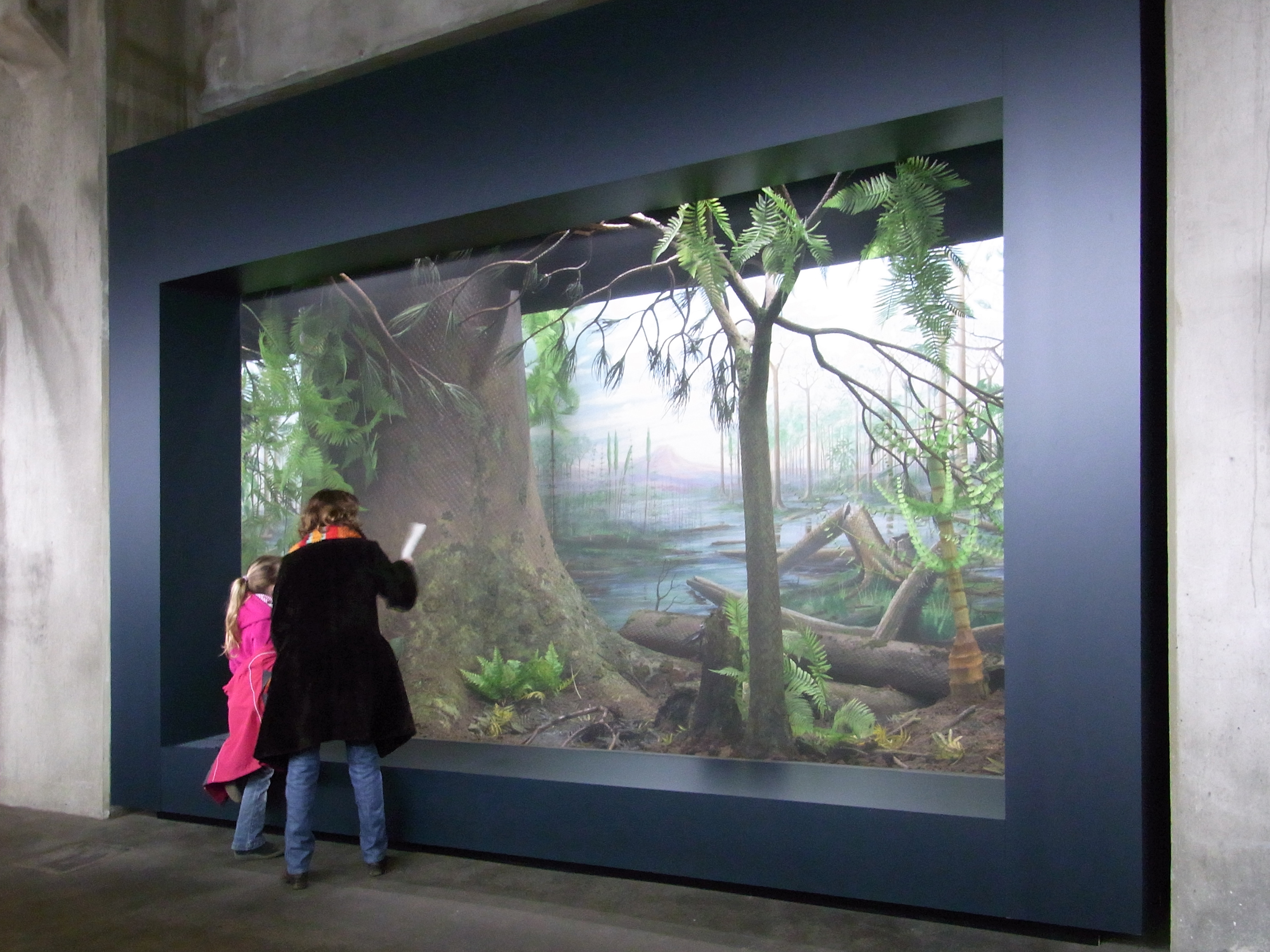
The Carboniferous was when woody plant growth took off, and organisms had not yet evolved the ability to consume lignins, the key chemical components that make woody plants “woody.” This evolutionary gap created a unique chemical environment where certain plant compounds accumulated in ways that would never happen again.
Terpenes are the main building blocks of plant resin and essential oils, contributing to scent, flavor, and colors, with some having medicinal value and acting as the main class of aromatic compounds that interact synergistically with other plant chemicals. Without the biological systems to break down these complex molecules efficiently, the Carboniferous air would have been a repository of accumulated plant chemistry, creating scent profiles of incredible complexity and duration.
The End of an Aromatic Era
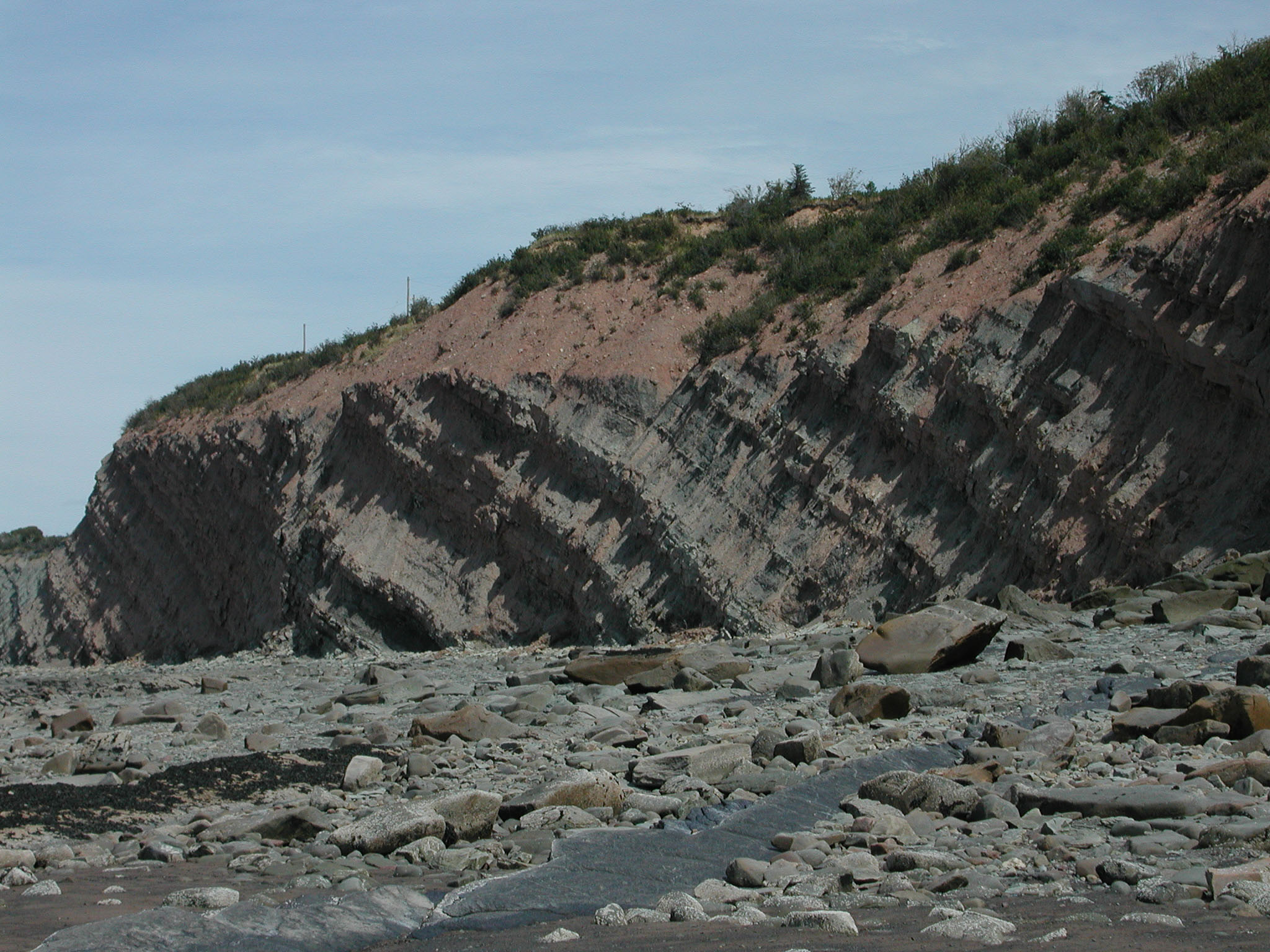
The Carboniferous ended with the Carboniferous Rainforest Collapse, a dramatic decline of rainforest ecosystems caused by regions becoming drier, possibly driven by a short-lived glacial episode or moderate global warming. As these vast aromatic forests disappeared, so did their unique chemical contributions to the atmosphere.
About 305 million years ago, the climate abruptly became much cooler and drier, causing vast swathes of rainforest to shrivel to isolated patches and many species to go extinct. The end of this period marked not just a biological transition, but an olfactory one as well. The intense, oxygen-amplified world of plant aromatics gave way to something more familiar to us, though we lost forever the chance to experience that incredible sensory landscape.
The Carboniferous Period created a world where chemistry and biology combined to produce an atmosphere unlike anything before or since. Every breath would have told the story of ancient forests, evolutionary innovation, and a planet experimenting with the very building blocks of life itself. What do you think it would have been like to wake up each morning in a world where the air itself was perfumed with the concentrated essence of an entire planet’s botanical creativity?



